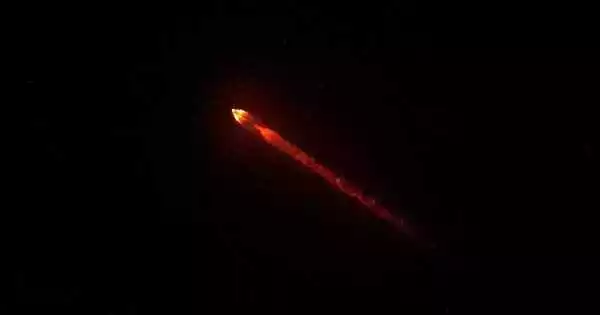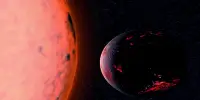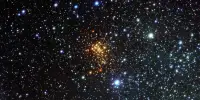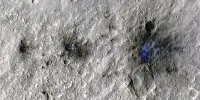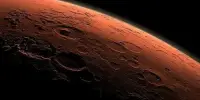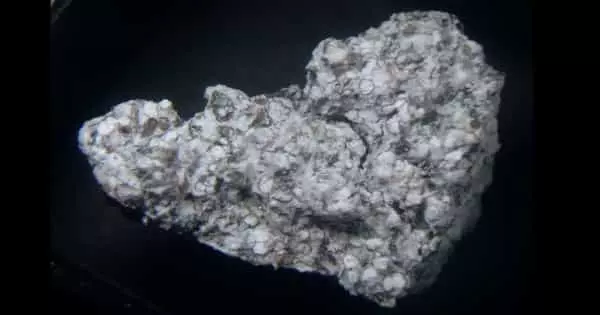A new image captured by a Chilean telescope appears to be a dazzling comet streaking across the night sky, followed by a long, glowing tail. Instead, it’s the debris plume left by NASA’s DART spacecraft’s collision with the asteroid Dimorphos.
They discovered a debris trail that spanned over 6,213 miles (10,000 kilometers) from the point of impact on Dimorphos. The dust trail, like the tail of a comet, is being pushed away from Dimorphos by the sun’s radiation pressure. “It’s amazing how clearly we were able to capture the structure and extent of the aftermath in the days following the impact,” said Teddy Kareta, an astronomer at Arizona’s Lowell Observatory.
The asteroid that got smacked by a NASA spacecraft is now being trailed by thousands of miles of debris from the impact. Astronomers captured the scene millions of miles away with a telescope in Chile. Their remarkable observation two days after last month’s planetary defense test was recently released a National Science Foundation lab in Arizona.
It’s amazing how clearly we were able to capture the structure and extent of the aftermath in the days following the impact. At that point, the material will be like any other dust floating around the solar system. More observations are planned to determine how much and what kind of material was hurled from the 525-foot (160-meter) Dimorphos, a moonlet of a larger asteroid.
Teddy Kareta
The image shows an expanding, comet-like tail more than 6,000 miles (10,000 kilometers) long, consisting of dust and other material spewed from the impact crater. This plume is accelerating away from the harmless asteroid, in large part, because of pressure on it from solar radiation, said Matthew Knight of the U.S. Naval Research Laboratory, who made the observation along with Lowell Observatory’s Teddy Kareta using the Southern Astrophysical Research Telescope.
Scientists expect the tail to get even longer and disperse even more, becoming so tenuous at one point that it’s undetectable.
“At that point, the material will be like any other dust floating around the solar system,” Knight said in an email Tuesday.
More observations are planned to determine how much and what kind of material was hurled from the 525-foot (160-meter) Dimorphos, a moonlet of a larger asteroid.

Space telescopes such as Hubble and Webb observed the collision and shared their first images of what it looked like across different wavelengths of light. And LICIACube, an Italian CubeSat that trailed the DART mission, has begun sending back images taken from its stunning vantage point just a short distance away when the impact occurred. The Double Asteroid Redirection Test intentionally collided with Dimorphos, an asteroid moonlet orbiting the larger space rock Didymos, to see if a spacecraft could alter the motion of a celestial body in space.
Launched nearly a year ago, NASA’s Dart spacecraft was destroyed in a head-on collision. The $325 million mission to deflect an asteroid’s orbit was intended as a dress rehearsal for the day a killer rock heads our way. Dimorphos and its companion rock never posed a threat to Earth and still do not, according to NASA.
These findings can also help scientists determine how much material was blasted away from Dimorphos, the size of that debris, and how quickly it escaped into space. While the spacecraft successfully collided with the asteroid, ground-based telescopes will take up to two months to confirm whether DART successfully altered Dimorphos’ motion.
“Now begins the next phase of work for the DART team as they analyze their data and observations by our team and other observers around the world who participated in studying this exciting event,” said US Naval Academy astronomer Matthew Knight.
